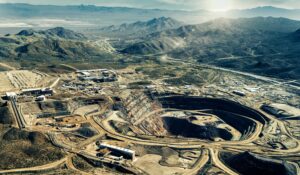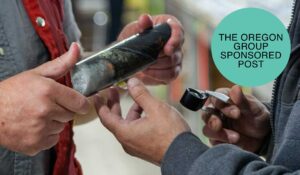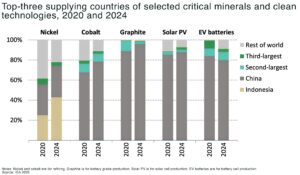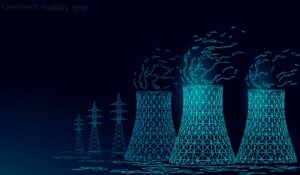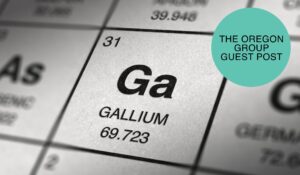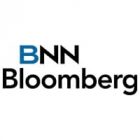If you’ve been following the EV market at all you’ll know that sales in 2021 saw massive growth compared to the previous year. You’ll also no doubt be aware that all of those batteries have been driving enormous demand for certain metals. What you may not be aware of is the move towards nickel heavy batteries that was seen in 2021.
According to Adamas Intellgence, more than half (54%) of all that new battery capacity came from high-nickel chemistries – like NCM 6-, 7-, and 8-series, NCA, and NCMA. These battery types are known for delivering more energy density, which basically means longer range. Meanwhile, lower-nickel cathodes (think NCM 5-series and below) made up 26% of the market, and lithium iron phosphate (LFP) batteries, which don’t use any nickel at all, came in at 20%.
Regionally, the U.S. and its neighbors were all about the high-nickel approach. Automakers like Tesla, Ford, VW, and Hyundai helped push that trend. Over in Asia-Pacific, especially China, LFP batteries were more common, thanks to companies like BYD, Great Wall, and SGMW. Tesla played both sides, offering high-nickel and LFP depending on the market. Europe was somewhere in between. LFP was barely used, but low-nickel batteries had a stronger presence compared to the U.S., even though high-nickel chemistries were still very much out in front.
One interesting point is that although LFP battery chemistries were used in nearly a quarter of all EVs sold globally last year, they only accounted for 20% of the total battery capacity deployed. That’s because LFP batteries tend to come in smaller packs — which works fine for short-range city cars but doesn’t provide the same long-distance power as the nickel-heavy guys. Considering that the EV industry needs to delivery more range on a single charge, this latest data suggests good things for nickel supply.
Anthony Milewski
Chairman, Nickel 28 Capital







